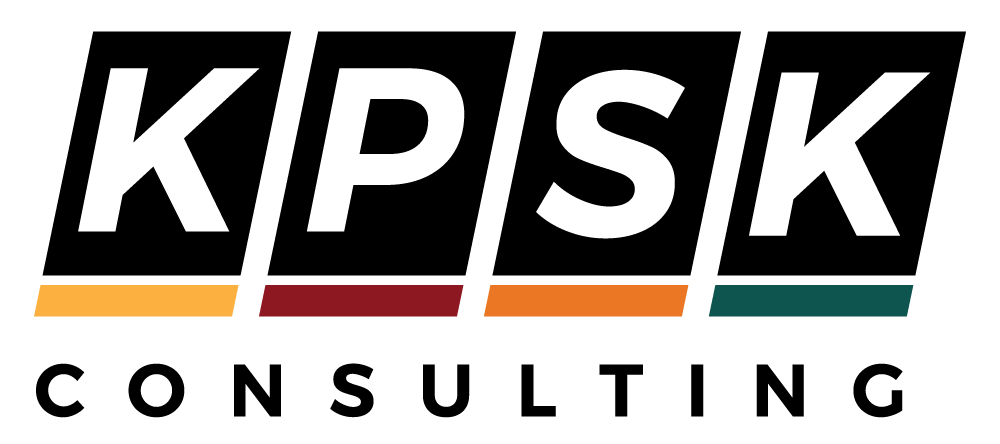WASHINGTON, DC – On Monday, Dec. 14, 2020, U.S. Secretary of Labor Eugene Scalia discussed unemployment insurance reform during a virtual event with the American Enterprise Institute. View Secretary Scalia’s full remarks.
Secretary Scalia’s remarks included the following excerpts:
“My subject is the nation’s unemployment insurance system, which has provided valuable benefits to a record number of beneficiaries since March of this year. During that time, the system has also faced great challenges – those challenges exposed weaknesses that suggest improvements we can make to prepare for a future employment crisis.”
…
“In the first half of March of this year, just before the national economy shut down, we at the Labor Department explained to the States how they had flexibility within those substantive federal parameters to enable workers who had Covid, or had family members with Covid, to draw UI. Essentially, we were saying that in the pandemic UI could offer a form of partial paid leave. Within a week of that, the President signed the first-ever federal paid leave law for the private sector; two weeks after that he signed the CARES Act, with its unprecedented expansion of UI programs. That’s how quickly things were moving in those weeks.
…
“The Paycheck Protection Program also warrants mention. By providing forgivable loans to small businesses if they kept workers on payroll, it was an important adjunct to UI and actually had three significant advantages: It kept workers connected to their employer; it was faster; and it avoided the drastic overpayments that resulted from the $600 plus-up. If we’re unfortunate enough to experience a crisis like this again, a program like PPP should be a central part of the response.
…
“States were challenged, too, in implementing the new federal programs…Horribly outdated information technology systems played a major role in these problems. Nearly every State has its own unemployment IT system, and few have invested in upgrades. Some State systems are 40 years old; one Governor, who’s very tech savvy, told me that when the pandemic began overwhelming his State’s UI system, he hired software engineers from Latvia – that’s the only place he could find still using the obsolete code his UI system was running.
…
“A third major challenge for the unemployment system was fraud. Abuse of the unemployment program is not new; historically, about 10 percent of UI payments are what we call improper payments. The CARES Act programs have paid more than $380 billion to date; that implies potential improper payments of at least $38 billion. But the actual over-spend on CARES must be far larger. On top of that $38 billion estimate should be added the billions that were misspent because State computers prevented us from tying the federal plus-up to prior wage. And then we had the fact that the sheer generosity of the federal programs made them targets for criminal enterprises – at a time that States lacked the resources, the computers, and – in some instances, I’m afraid – the will to ensure that improper payments were not being made.”
…
“Technology enhancements would give better protection against improper payments and fraud. States could more effectively track when workers returned to the job and were no longer eligible for payments. During the pandemic, many overwhelmed State agencies essentially gave up on the blocking and tackling that’s central to managing a UI program, including ensuring eligibility. Technology upgrades can bolster those capacities.
…
“And when it comes to combatting fraud and improper payments, it is essential that changes be made to the PUA program if it’s extended. Basic changes would make a difference: Requiring basic eligibility documentation, including proof of prior income; ensuring that the income the claimant lost was her primary income; and mandating and funding more advanced identity verification.
…
“Let me now mention something the federal government should not do: Launch a take-over of the current State-based nature of the unemployment insurance program.
…
“Perhaps more important, State governments are responsible for economic policies that can create or destroy jobs—States make their own economic beds, to some extent. We must avoid an unemployment system in which residents of one State fund another State’s improvident policies. In that regard, it’s important to recognize how greatly State unemployment rates vary right now: Those state rates currently tell you more than the national rate does.”
…
“Let me conclude with this reminder: When we speak of unemployment insurance, we should always remember that our first choice for workers is work. Unemployment insurance is second-best. (It was partly for this reason I was a fan of the Paycheck Protection Program.) We are fortunate that as a nation we acted with bipartisan speed to make substantial unemployment benefits available last March. As we evaluate those programs and plan for the future, part of what we should consider, too, is how to best help Americans return to rewarding, remunerative work.”
The mission of the Department of Labor is to foster, promote and develop the welfare of the wage earners, job seekers and retirees of the United States; improve working conditions; advance opportunities for profitable employment; and assure work-related benefits and rights.

